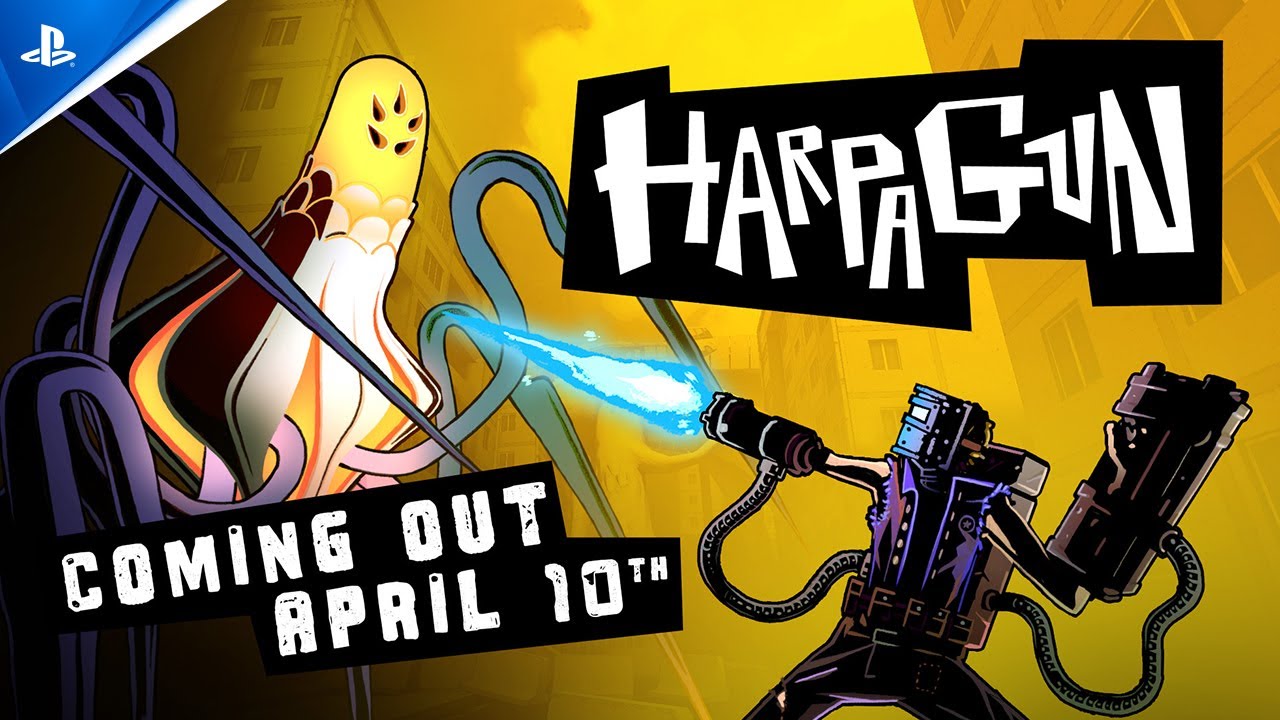By now you’ve likely seen the news – you can finally play Final Fantasy VII Remake in your own home via the just-announced PS4 demo. If you’re at all curious about this beautifully reimagined adventure, download the demo and run through the memorable “bombing run” mission for yourself. It wowed PS1 players back in 1997, and I’m happy to say the 2020 interpretation is just as riveting.
If you missed the PS1 original or any of its subsequent re-releases, think of the bombing run as a cold open for the entire game. You’re thrust into a death-defying mission to take out a Mako reactor, a device the omnipresent Shinra Electric Power Company is using to fuel all sorts of modern marvels. The catch is this process may be siphoning energy right out of the planet itself, a fact Shinra chooses to ignore. Naturally this doesn’t sit well with some folks, namely the initial heroes of Final Fantasy VII.
A NEW EXPERIENCE
The demo – and main game – begins with Barret, Cloud, and the AVALANCHE group rolling up to the facility, breaking inside, and planting a bomb on Mako Reactor 1. A tense boss battle unfolds, the reactor blows, and the demo concludes. It was effective 23 years ago, and it’s a wild ride today.
But where that demo ends, our hands-on experience begins. Immediately after the blast, Cloud and crew escape underground and then scatter into the streets. This sequence takes perhaps 10 minutes in the original game, with just a handful of scenes and camera perspectives to sell the action. In the remake, Cloud is hoofing it through alleys, up fire escapes, and across rooftops with Shinra soldiers at every turn. Civilians lie injured in the streets, chaos reigns in all directions, and you’re left to wonder, was the bombing worth all this?
And this sequence is what really made FFVII Remake click for me. I see how Square Enix plans to not just lengthen, but also enrich the original experience with moments and events that further sell the aftermath of such a momentous attack. While the original did an excellent job in 1997, 2020’s remake fully conveys the destruction with flames, injured NPCs, collapsing infrastructure, and an overall chaotic tone as you’re fired upon by Shinra goons. There are so many pivotal moments within the city of Midgar that could benefit from this treatment, so I can’t wait to see how they play out in the remake.
Chapter 2 also adds an encounter with Aerith and, believe it or not, a flashback / hallucinatory manifestation of Sephiroth. This entire segment is new, and does a great job cementing Sephiroth’s looming, villainous presence within the FFVIIR world. He towers over Cloud not just in physical stature, but also confidence; as capable as Cloud seems in these opening moments, he’s clearly outclassed by this specter from his past. I won’t get into the words exchanged or what exactly happens, but it’s interesting to see just how much FFVIIR is going to play with existing fans’ assumptions. The end result seems to be a game that’s welcoming to new players, but fresh even if you know the original front to back.
THOSE WHO FIGHT
From this point we move to another save file further into the game. Melee expert Tifa joins Cloud and Barret, and we’re ready to take out another reactor. As you can determine for yourself via the demo, the battle system has you attacking to build up ATB charges and then spend said charges on Abilities, Spells, or Items. Each character also brings something unique to the fight, such as Barret’s long-range bullets or Cloud’s powerful Punisher stance.
Some enemies are pushovers. Others require smart positioning, efficient use of ATB, and using all three characters to push enemies into a staggered state. Once staggered, you can really pour on the pain. Players are also given the option to choose between this action-oriented approach (complete with evade rolls and controller shortcuts to Abilities and Spells), or a Classic Mode where characters attack automatically and you direct the usage of ATB.
The save we played had access to powerful Summon Materia as well. Materia grants characters spells and other abilities, while Summon Materia gives the equipped character access to that particular Summon – in this case, Final Fantasy mainstay Leviathan. Once summoned, the monster will fight alongside your party on its own, or you can spend ATB on powerful attacks (while still having access to your own ATB abilities). If the enemy you’re fighting is weak to the Summons’ powers, you can dish out a whole lotta damage in short order.
Case in point is a battle against Abzu, a boss we fought later in the demo session. In this instance I had Cloud, Tifa, and Aerith in my party, with the latter having access to Ifrit. He bursts onto the scene with fiery… flare… and really tears into this boss, giving me time to heal and build charges. I didn’t sample Classic Mode but can say the default approach really makes you consider each action. Mashing Attack is good and all, but bosses and enemies have all kinds of tricks that make you change tactics quickly.
MORE MIDGAR
By the time our session wrapped up, I was eager to find new Materia, experiment with battles, and further see just how much content Square Enix has added to the original experience. Almost any moment I could recall from the past – President Shinra’s encounter with the trio near one of the reactors, or a simple button-pressing minigame, for instance – has been totally reimagined and dramatized in a way that makes even familiar moments feel new again. Love what I’ve seen so far and can’t wait to see the rest of what Midgar has to offer.









